
Living together in peace means far more than the absence of war—it embodies the ability to accept differences, listen with empathy, and appreciate the richness of human diversity.
Marked annually on May 16, the International Day of Living Together in Peace calls on individuals, communities, and nations to unite in diversity and build a more sustainable and harmonious world. The day is a global affirmation of the values of tolerance, inclusion, solidarity, and peaceful coexistence, reminding us that true peace requires effort, understanding, and shared humanity.
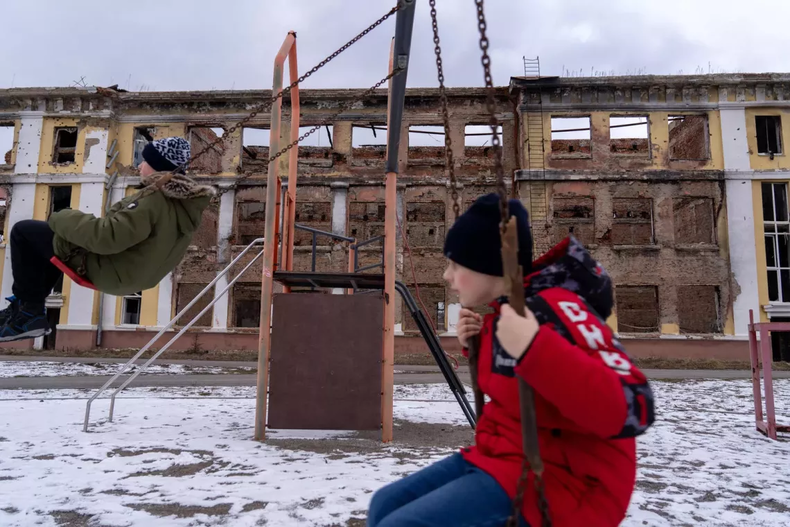
In a world increasingly plagued by conflict, division, and displacement, the call to live together in peace has never been more urgent.
As of 2024, the number of forcibly displaced people worldwide reached over 122 million, the highest figure ever recorded, according to the UNHCR.
Wars in Ukraine, Gaza, Sudan, and Yemen have not only devastated lives but also threatened global stability and human rights.
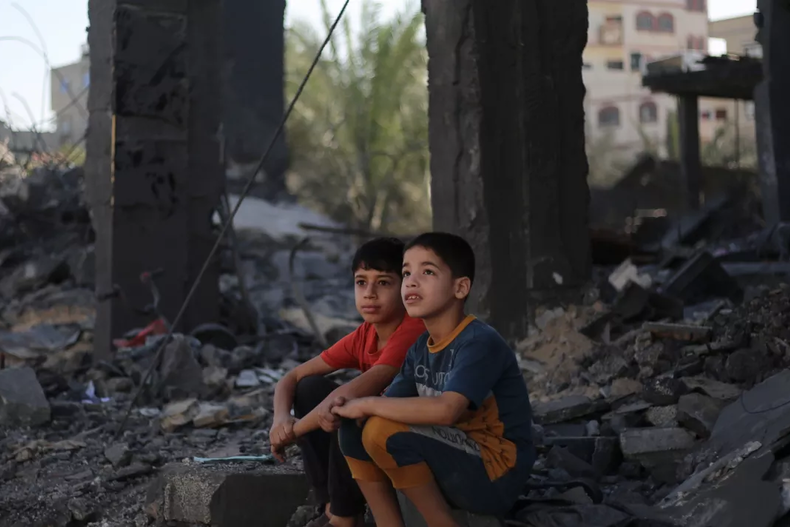
Armed conflict is just one dimension. Across the globe, rising nationalism, religious intolerance, xenophobia, and political polarization are straining societies.
In the United States, hate crimes rose in the past five years, while antisemitism and Islamophobia are surging in many parts of Europe and Asia. Online, social media has become a breeding ground for misinformation and incitement, contributing to real-world violence and division.
The impact of this climate of hostility is far-reaching: it fuels cycles of retaliation, erodes democratic institutions, marginalizes vulnerable groups, and undermines global cooperation at a time when unity is essential to address shared challenges like climate change, pandemics, and poverty.
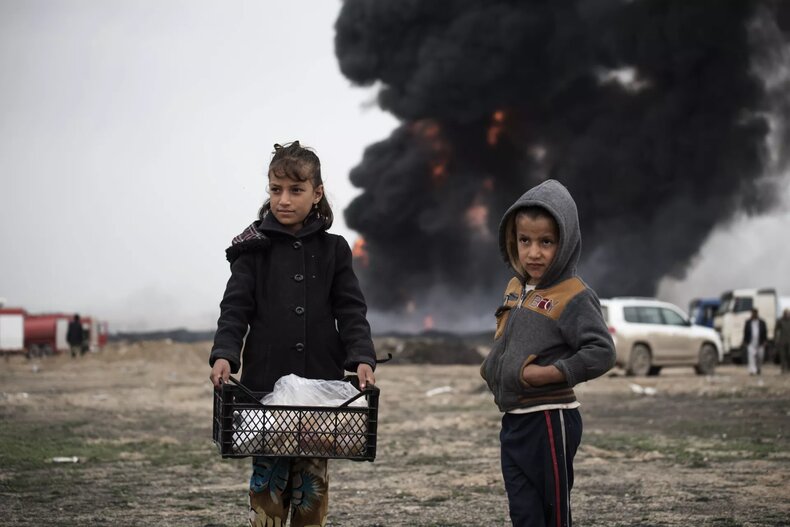
Despite these challenges, peace is possible—and it starts with intentional action at every level of society. While global diplomacy and policy reforms are essential, building peace also involves education, community engagement, and cultural exchange.
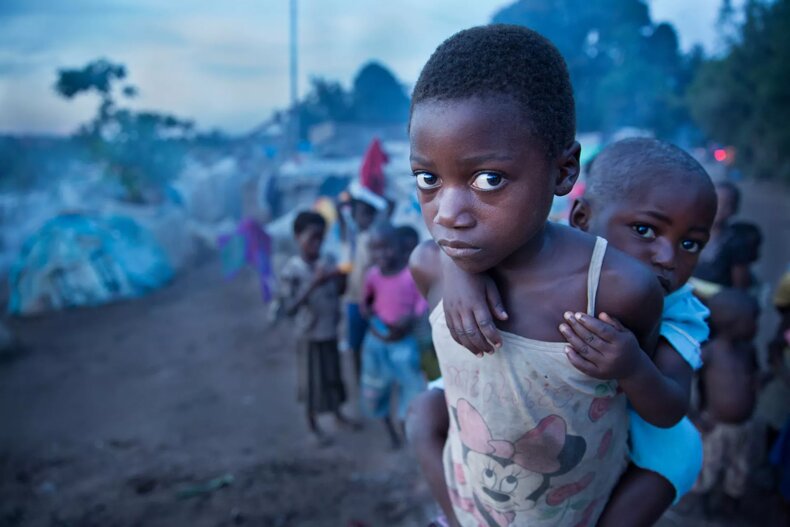
Here are several key pathways:
1. Education That Builds Bridges
Investing in peace education helps young people develop empathy, intercultural understanding, and conflict resolution skills.
2. Community and Grassroots Movements
Local peace-building initiatives can foster real change.
3. Inclusive Policies and Social Justice
Peace is not sustainable without equity. Governments must address the root causes of conflict—such as poverty, discrimination, and marginalization—through fair policies, equitable economic opportunities, and access to justice.
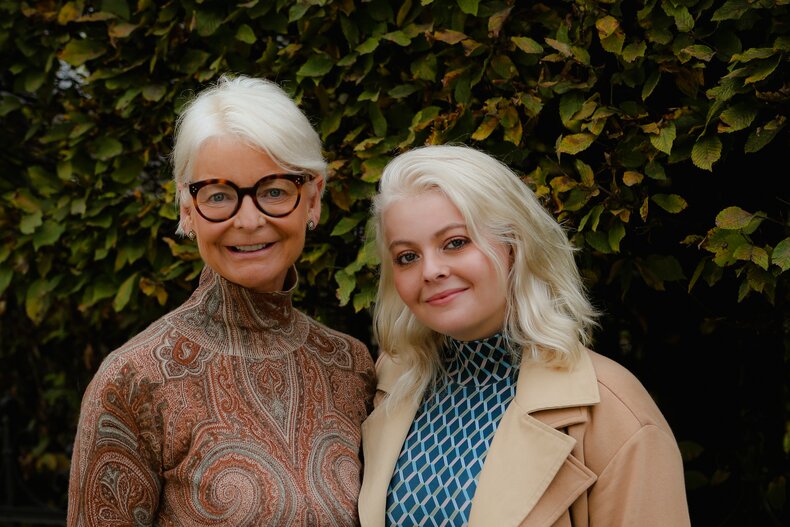
On this International Day of Living Together in Peace, we are reminded that peace is not a distant ideal—it is a daily practice. It begins with listening before judging, reaching out instead of withdrawing, and embracing others, not in spite of differences, but because of them.
“As it is stated in the UNESCO constitution, since wars originate in the minds of men, it is in the minds of men that the defence of peace must be constructed. I believe that this concept stands as the key to preventing further conflicts,” says Ann Kathrin Linsenhoff.
Yours
sincerely

